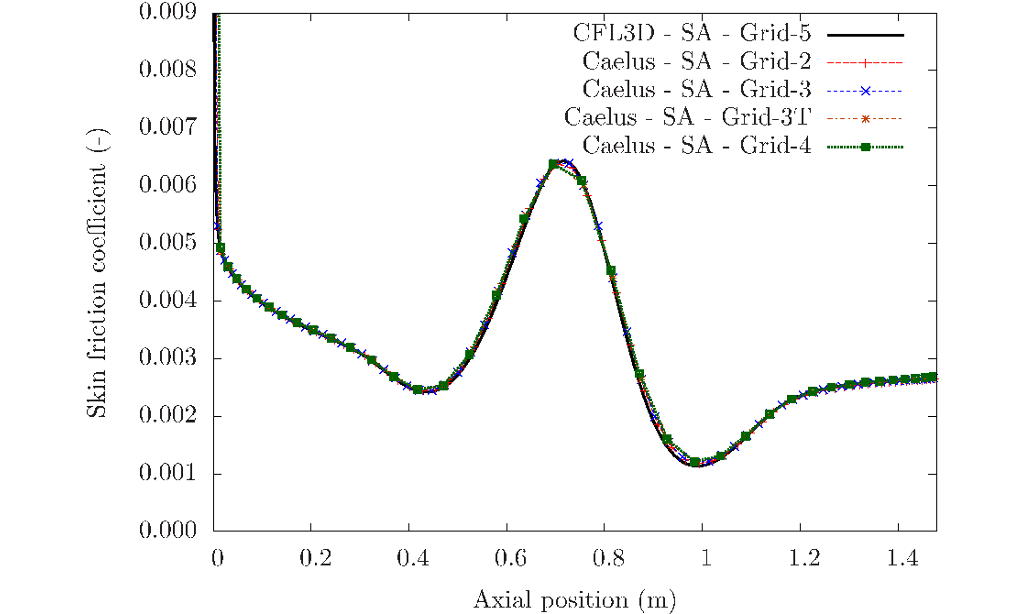Abstract
Incompressible turbulence models have been implemented in Caelus, a general purpose numerical framework, to enable computations of turbulent incompressible flows. While other open source libraries and CFD solvers implement turbulence models, very few of them perform or publish verification and validation on those models. A goal of Caelus is to develop a reliable, comprehensive framework suitable for continuum mechanics problem simulations including turbulent flows. Since Caelus is a derivative of the OpenFOAM library, the architecture inherited from OpenFOAM allows for turbulent model implementation in a straightforward manner. However, there has been no comprehensive published verification and validation of the turbulence models in OpenFOAM and there are instances where some RANS models may have issues. This work, therefore, seeks to validate a select number of the Reynolds Averaged Navier-Stokes (RANS) turbulence models implemented in the Caelus library.
Turbulence models suitable for time averaged simulations currently supplied with Caelus include the k-ω SST, Spalart-Allmaras, and realizable k-ε models. These turbulence models are broadly accepted within engineering and scientific communities for numerical simulations of steady, turbulent flows. Verification and validation of these turbulence models was conducted using openly available experimental, theoretical, and numerical data. The chosen test cases were the flat plate turbulent boundary layer, NACA 0012 airfoil, backward facing step, and 2D bump in a channel. Results were compared to a previously verified and validated solver, CFL3D. The results were, in general, found to be in excellent agreement with external data suggesting that the turbulence model implementations in Caelus are correct. A companion study on verification and validation of a predictor corrector steady-state solver algorithm had similar goals and results as this work.

